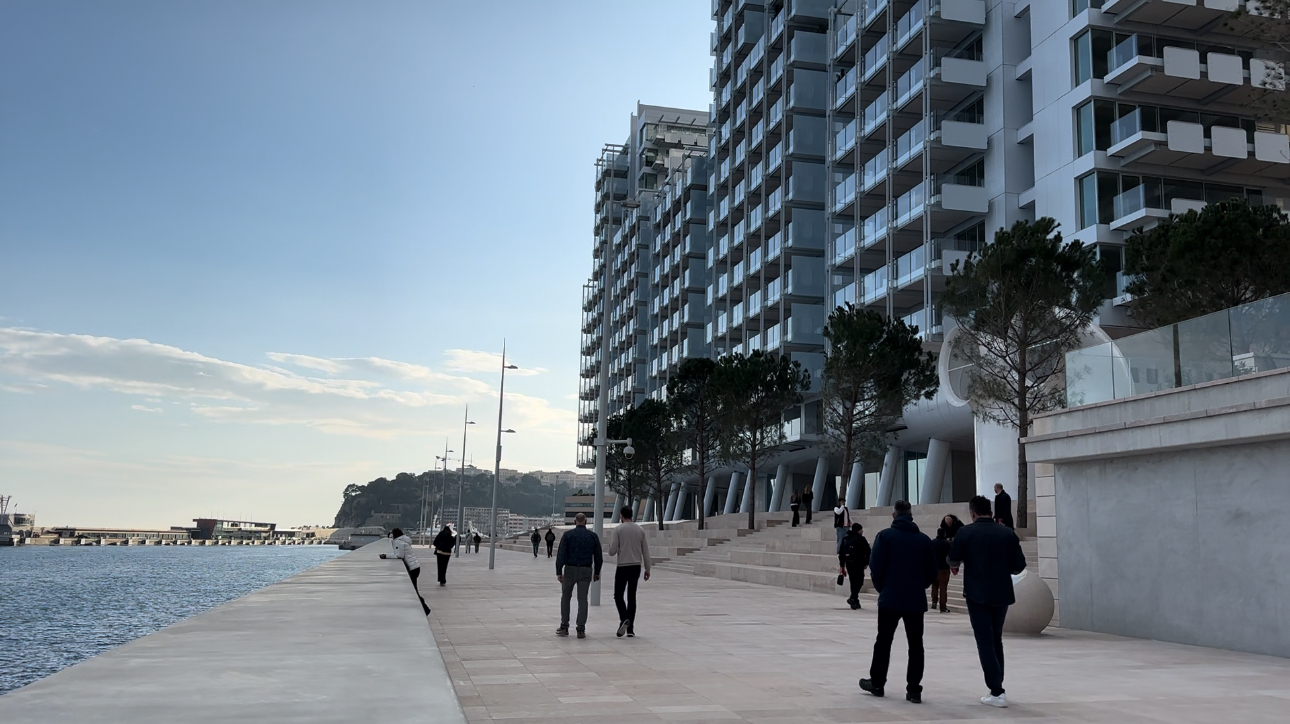Monaco, a tiny country on the French Riviera, famous for its wealth, luxury, and tax-free status, has done something remarkable. Even though it is one of the smallest countries in the world (only 2.08 square kilometers), it has managed to make itself bigger.
Welcome to Mareterra, a €2 billion land reclamation project that added 15 acres (6 hectares) to Monaco’s territory, increasing its land by about 3%. The project is advertised as an eco-friendly district, full of green spaces, sustainable buildings, and clean energy. But is it really about protecting the environment, or is it just a clever way to make luxury living look green?
Monaco: a tiny country for the ultra-rich
To understand Mareterra, you need to know Monaco.
Located on the Mediterranean coast, Monaco is a sovereign country, separate from France, with its own government, laws, and royal family. It is ruled by Prince Albert II, who often speaks about protecting the environment.Monaco has only 38,000 residents, but it is the most crowded country in the world. It also has one of the highest GDPs per person, thanks to banking, tourism, and its status as a billionaire’s playground. Real estate here is some of the most expensive on Earth.
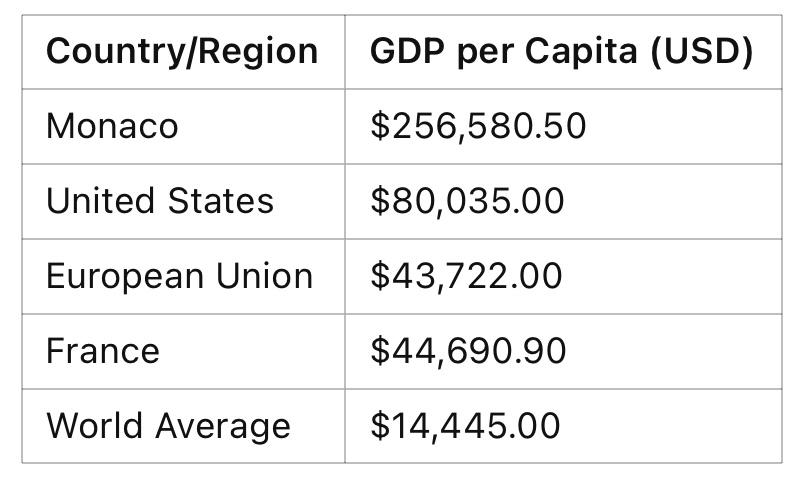
Mareterra: Monaco’s artificial green dream
Finished in December 2024, Mareterra is Monaco’s newest luxury development. It is promoted as an eco-friendly expansion, with homes, parks, and spaces for the public to enjoy.
The project includes several eco-friendly features:
• Solar energy: 9,000m2 of solar panels provide renewable electricity.
• Geothermal energy: a seawater heating and cooling system helps reduce energy use, with an annual usage of 15 kWh/m².
• Rainwater collection: a special system collects 600m³ of rainwater for watering plants.
On paper, these are good ideas. But here’s the big problem: Monaco destroyed part of the natural sea to build this project.
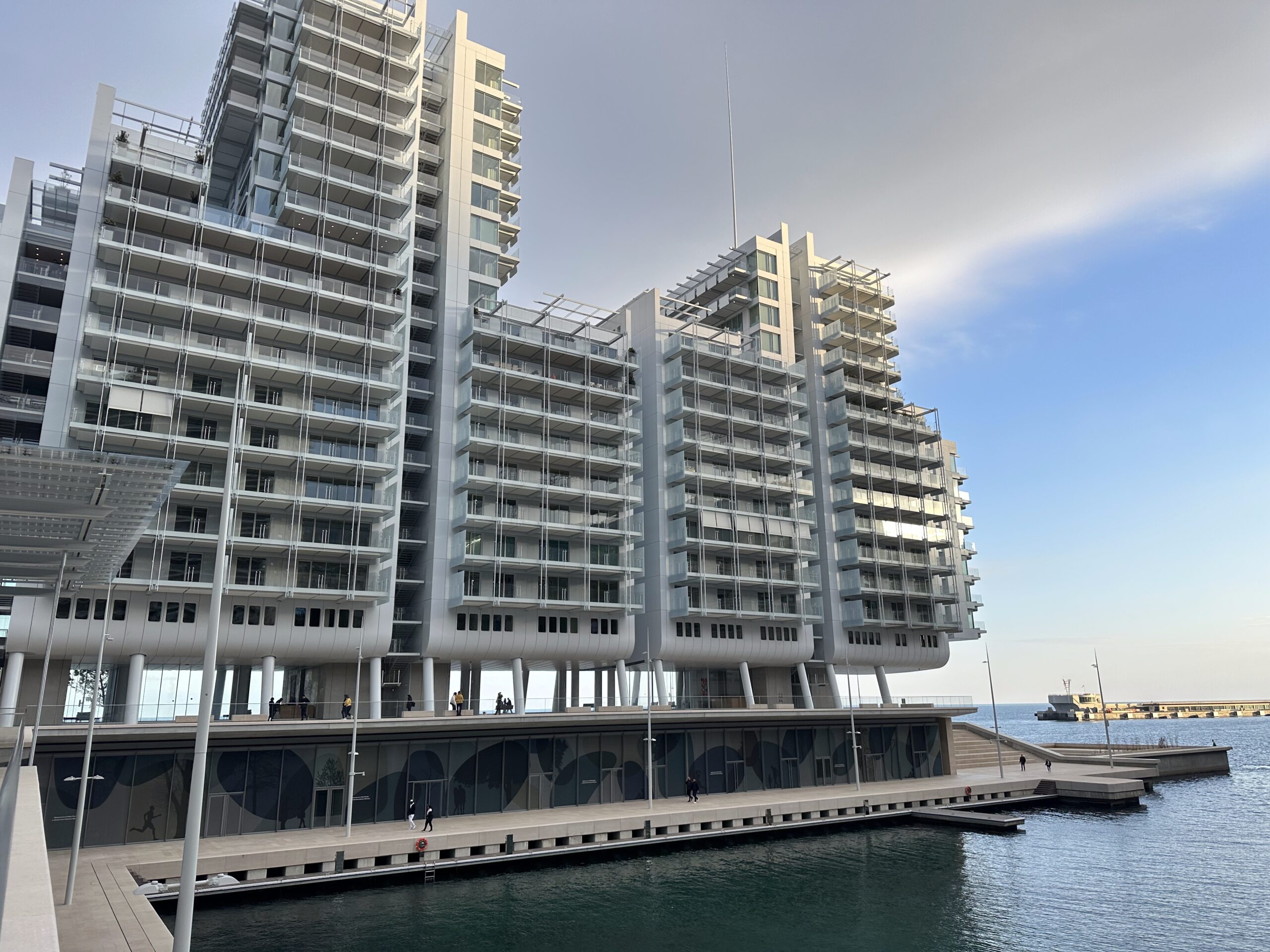
Who really benefits?
Mareterra’s developers say that half of the district will be open to the public, with parks, walkways, and bike paths. But in Monaco, public access often has limits.
Yes, people will be able to walk around the area, but the best spots will be reserved for the ultra-rich. It includes 100 apartments and 10 palatial villas, shaded by imported Tuscan trees. The luxury villas, designed by famous architects Renzo Piano, Norman Foster, and Tadao Ando, are expected to sell for hundreds of thousands of euros per square meter. The prices are so high that they haven’t even been announced.
Meanwhile, the government takes a 20% tax on every property sales, making Mareterra a money-making machine for Monaco’s leaders and real estate investors.
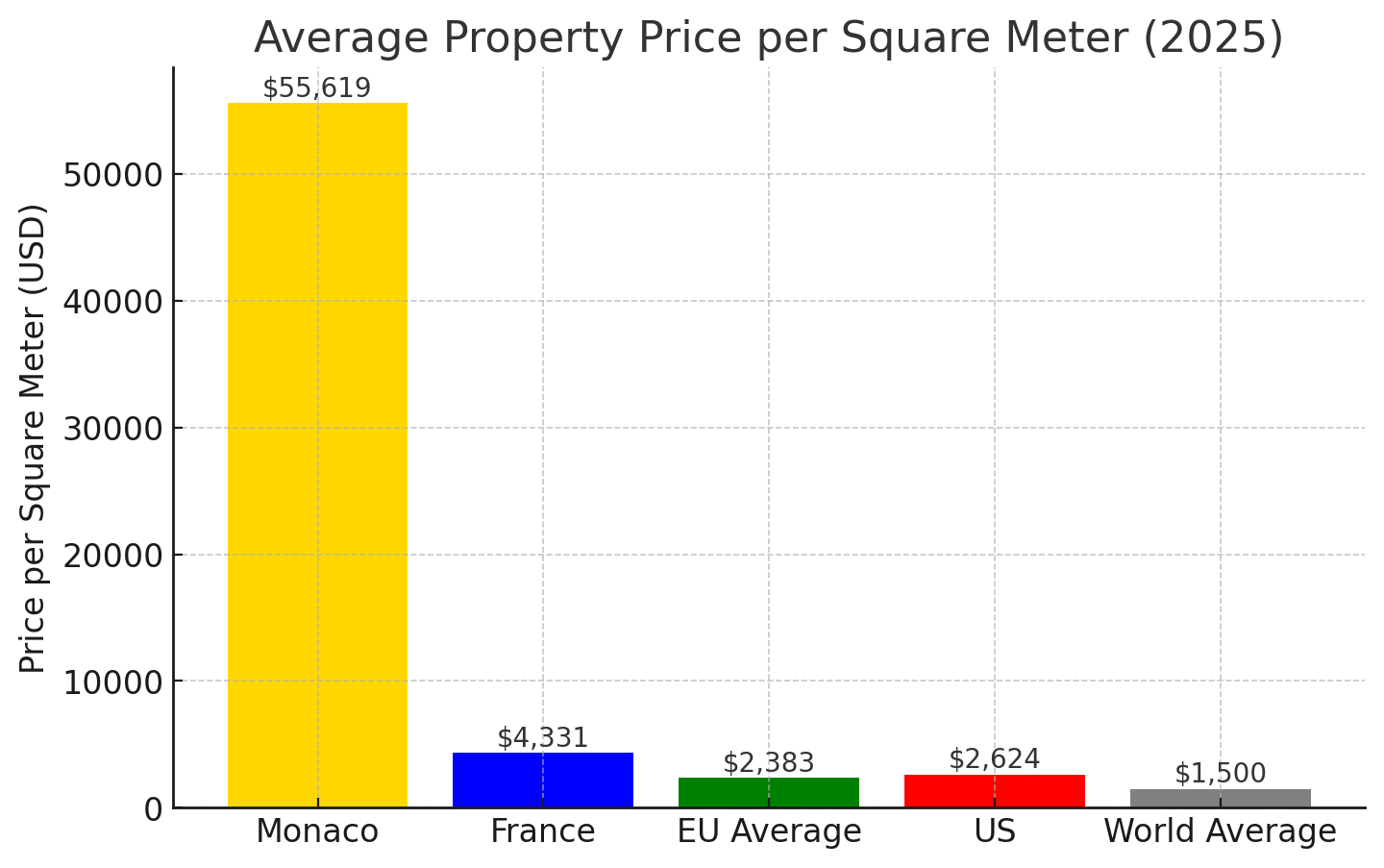
Monaco’s never-ending land grab
This is not Monaco’s first land reclamation project. Since the 1960s, Monaco has added more land with projects like Fontvieille and Larvotto, and now over 25% of Monaco’s territory is artificial.
Every expansion follows the same pattern: build land, sell luxury real estate, add some green spaces, and let billionaires move in.
Environmentalists, unsurprisingly, are outraged. Monaco’s waters are home to 60 species of coral, many of which were either removed or relocated to make way for Mareterra. Although developers claim to have relocated 500 square meters of Posidonia, a vital marine plant, this hardly makes up for the disruption caused.
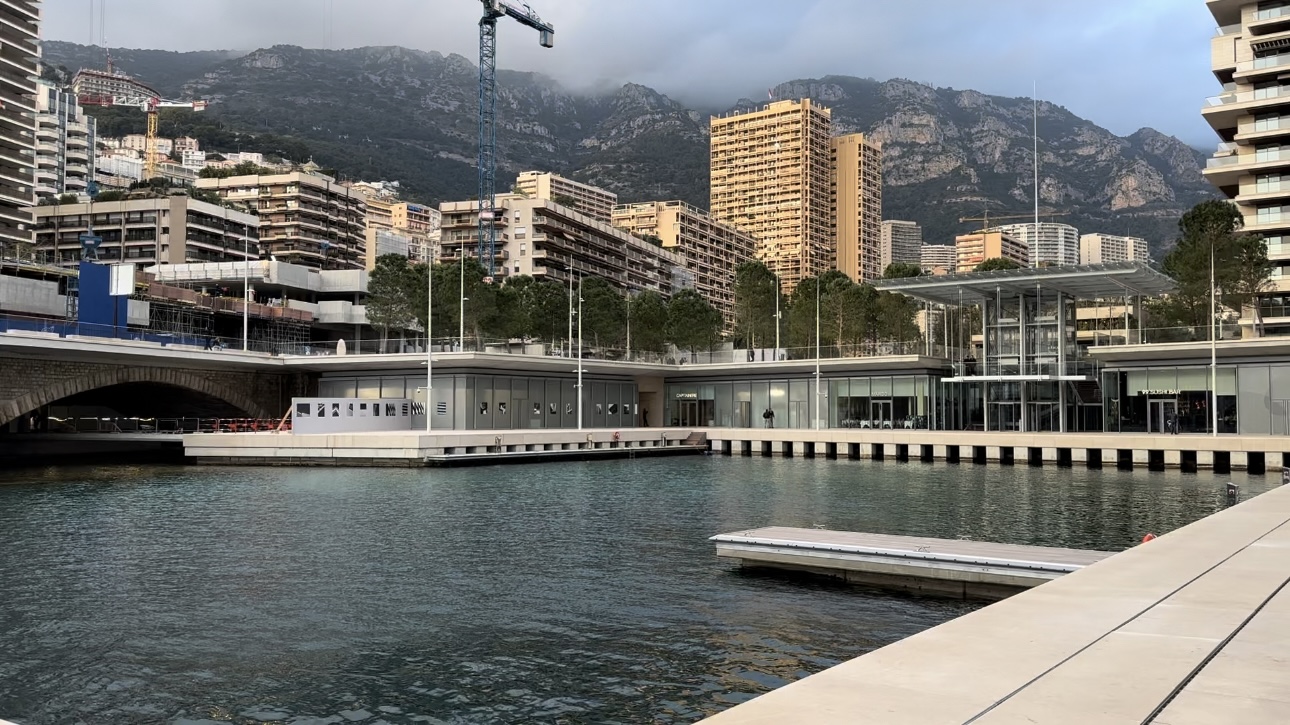
Mareterra: a green future or just a billionaire’s fantasy?
At its heart, Mareterra is the classic Monaco: a high-tech, beautiful, and extremely expensive project that is made for the wealthy, not for the planet.
Indeed the natural habitats of many marine species were sacrificed for these luxury developments, raising serious questions about the real cost of progress. What was meant to be a green future might actually be just a greenwashed illusion, one that, in its focus on luxury, ignores the very ecosystems we say we want to protect.
The future of our oceans and the creatures that live in them can’t be bought, no matter how shiny the project looks.
